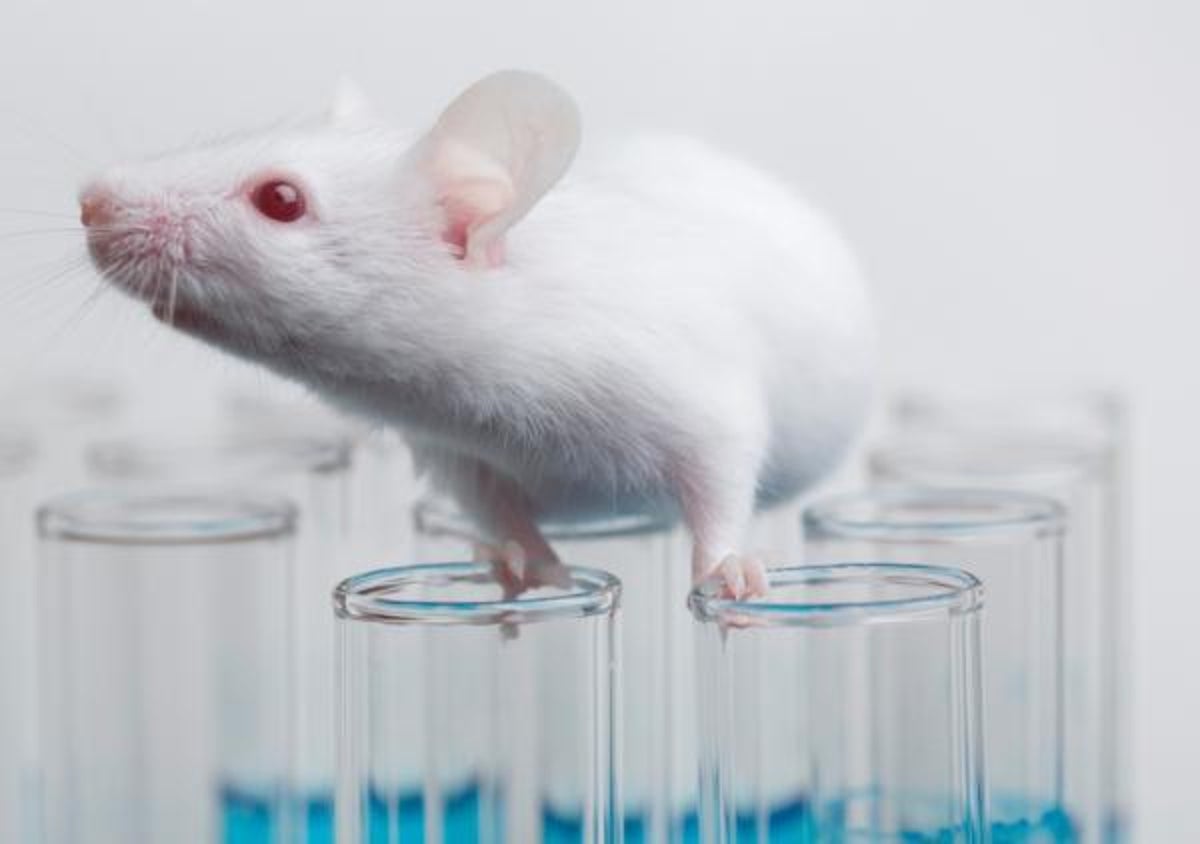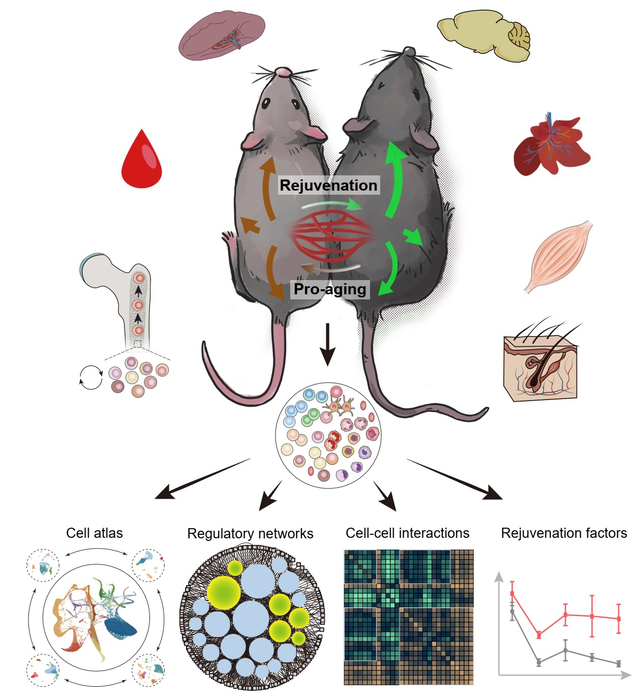
Chinese scientists have developed a new technique to revitalise old mice by surgically connecting their circulatory system to that of young rodents, an advance that sheds more light on the ageing process.
The research, published last month in the journal Cell Stem Cell, further developed a technique called heterochronic parabiosis (HP), which capitalises on the revitalising power of young blood.
While HP has been known since the 1950s, scientists, including those from the Chinese Academy of Sciences in Beijing, say the mechanism behind how young blood makes aged bodies return to a “younger state” has remained a mystery.
The ageing process involves systemic degeneration of a variety of tissues and organs, characterised by a gradual reduction and functional decline of the body’s regenerative ability.
In the new study, scientists probed the effects of the technique in mice at the single-cell level, generating a systemic atlas of HP and ageing.
They isolated and compared over 164,000 single cells across seven organs over five years to identify the mechanisms behind ageing and rejuvenation from the technique.
The research revealed cellular and molecular changes in the aged and young mice at single-cell resolution.
Scientists found that exposure to old blood can accelerate ageing of various organs, tissues and cell types in a young mouse, while exposure to young blood can rejuvenate an aged rodent.

They say the changes happen by targeting the undifferentiated stem cells and their niches in aged tissues.
Stem cells in adults continuously self-renew to maintain the body’s cell population and repair age-related damage, supported by neighboring or niche cells, researchers explained.
In the study, they found that haematopoietic stem and progenitor cells (HSPCs), which are stem cells that give rise to other blood and immune cells, are among those most sensitive to young blood.
“Most of the previous relevant studies have only demonstrated the [rejuvenation] phenomena and have not revealed enough about the essential mechanisms,” study lead author Ma Shuai told China’s state-run Science and Technology Daily.
It also shed light on the key factors mediating effects on HPSCs and their cellular targets.
The findings, scientists say, provide essential clues for further research on potential targets and therapeutics for ageing intervention.
“Our work constitutes a mineable resource for advancing our understanding of ageing-related systemic factors and how they might be targeted to alleviate ageing,” researchers wrote in the study.
However, scientists say in methods like HP for rejuvenation, young blood by itself may not be effective medicine.
But they say such “vampire” methods could shed more light on the inhibitors in old blood that could be targeted to slow ageing.
In another study published in March, scientists reversed signs of ageing in middle-aged and elderly mice.
In this study, researchers partially reset the rodents’ tissues to more youthful states using a mixture of molecules in cells involved in ageing.







